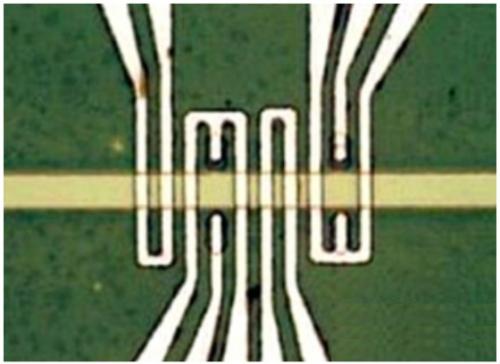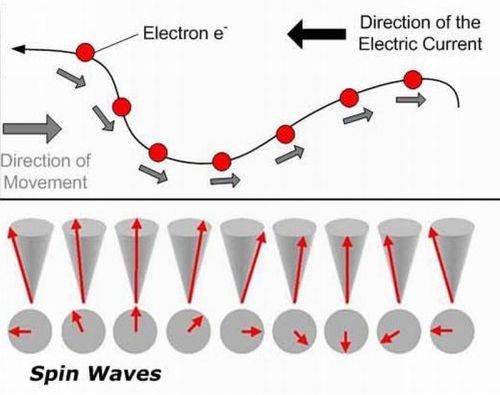It’s been quite a some time now since researchers were working upon conserving heat that get wasted when electronic device(s) – laptops, computers, smartphones – is in operation. Researchers from the UCLA Henry Samueli School of Engineering and Applied Science have come up with a new form of material named “multiferroics” which is rich in magnetic properties.
The researchers aim that by incorporating this material, they could enhance the efficiency of energy in the next lot of future devices, an element that is missing in the current technologies.
Electric current is passed through transistors, which forms the basic building block of integrated circuit (IC) in microprocessors. Passing current creates movement in electrons and this mechanism gives out heat as by product consequent upon which the device gets heated up.
Heat loss in terms of electrons leak has also been observed in these tiny transistors. With the advancement of technology at nanoscale, the manufacturing of chips is also going smaller and hence adjusting more and more circuits into the smaller spaces, is also contributing to this heat dissipation.
Engineering team at UCLA has tried to solve this problem by using multiferroic magnetic materials, which they claim would help in reducing the quantity of power guzzled by the circuits on computer chip, which is dedicated only for the purpose of calculations. Difference in electronic potential affects the workings of the multiferroic substance hence by introducing alternate current it could be switched on or off.
The new material involves spin-orbit coupling, a mechanism that is very much different from electric current. Unlike the flow of electrons during electric current, the spin wave keeps the electrons essentially at the same place while displacing energy.
This propagating disturbance in multiferroic material is the major game changer in the field of semiconductors. With this phenomenon, there would be less reduction of wasted heat, which would further lead to enhancing power efficiency for processing by up to thousand times envision the researchers.





